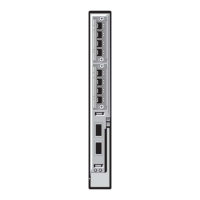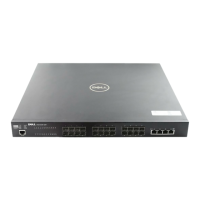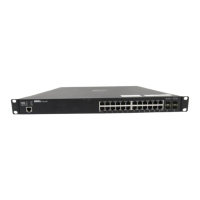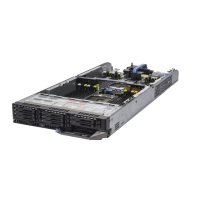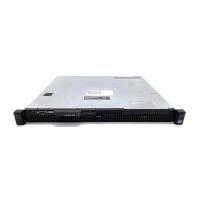PIM Dense-Mode | 747
33
PIM Dense-Mode
PIM Dense-Mode is supported on platforms: c e s
PIM-Dense Mode (PIM-DM) is a multicast protocol that directs routers to forward multicast traffic to all
subnets until the router receives a request to stop; this behavior is the opposite of PIM-Sparse Mode, which
does not forward multicast traffic to a subnet until the traffic is specifically requested using a PIM Join
message.
Implementation Information
• E-Series supports a maximum of 511 PIM interfaces and 50K multicast entries including (*,G), (S,G),
and (S,G,rpt) entries. There is no limit on the number of PIM neighbors E-Series can have.
• FTOS reduces the number of control messages sent between multicast routers by bundling Join and
Prune requests in the same message.
• FTOS supports PIM-DM on physical, VLAN, and port-channel interfaces.
Protocol Overview
PIM-DM routers form adjacencies with their neighbors by sending periodic hello messages to the
all-PIM-routers address 224.0.0.13 out of all PIM-DM-enabled interfaces. By default, PIM-DM routers
assume that every subnet has at least one receiver. When a router receives traffic from a particular source
and for a particular group, it creates a (S,G) entry and lists all interfaces directly connected to a PIM-DM
neighbor as an outgoing interface, thus recreating a unique distribution tree called a shortest path tree
(SPT) to the source that includes all subnets.
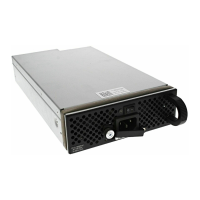
